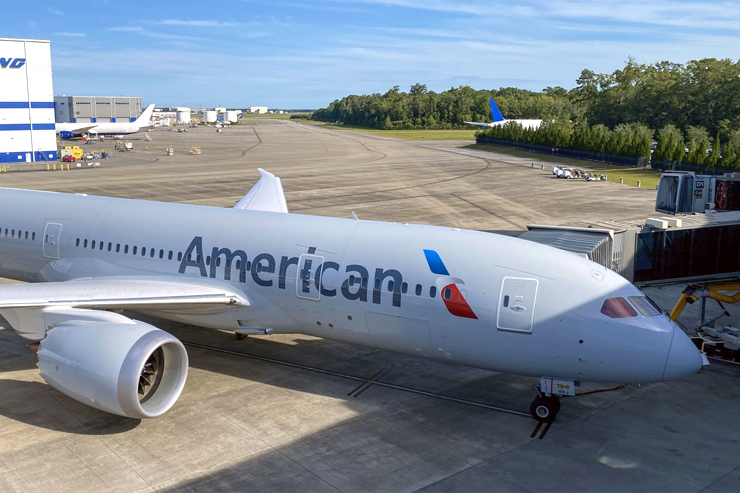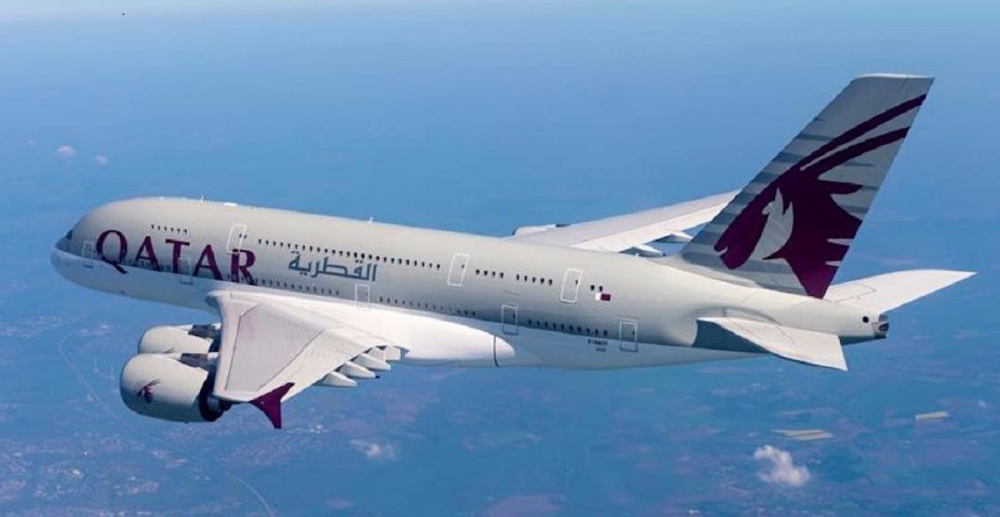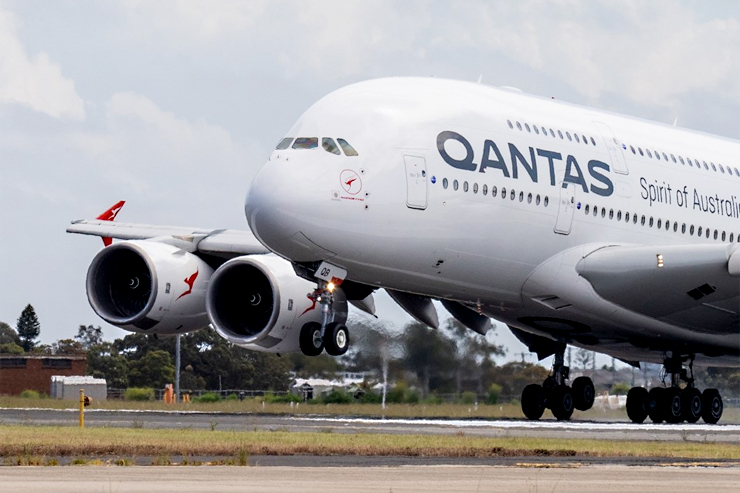Must Know Airline Luggage Rules Before You Go

When embarking on a journey, whether for business or pleasure, one of the essential aspects to consider is airline luggage rules. These rules dictate what you can and cannot bring on board, ensuring safety and efficiency during your flight. To avoid any last-minute surprises or additional fees, it’s crucial to familiarize yourself with the must-know airline luggage rules before you go. In this comprehensive guide, we will walk you through the key rules and regulations, making your travel preparations smoother and more stress-free.
Why Are Airline Luggage Rules Important?
Airline luggage rules are in place for several important reasons:
- Safety: The safety of all passengers and crew members is the airline’s top priority. Luggage rules help prevent hazardous items from being brought on board, reducing potential risks during the flight.
- Efficiency: Adhering to luggage rules ensures a smooth and efficient boarding process. By complying with size and weight restrictions, the airline can optimize luggage storage and make boarding and disembarking quicker.
- Consistency: Standardized luggage rules ensure consistency across all flights and airlines. This makes it easier for travelers to understand and follow the guidelines, regardless of the airline they choose.
- Fairness: Luggage rules create a fair system for all passengers, as everyone is subject to the same regulations. This prevents any unfair advantages or discrepancies during the boarding process.
 Understanding Carry-On Luggage Rules
Understanding Carry-On Luggage Rules
Size and Weight Restrictions
Most airlines have specific size and weight restrictions for carry-on luggage. These restrictions can vary, so it’s essential to check with your airline before packing. Typically, carry-on luggage must fit within the overhead compartment or under the seat in front of you. The maximum dimensions are usually around 22 inches in length, 14 inches in width, and 9 inches in height.
In terms of weight, airlines often impose a limit of around 15 to 25 pounds for carry-on items. Exceeding this weight limit may result in additional fees or having to check your bag.
Prohibited Items
Certain items are strictly prohibited from being brought on board due to safety concerns. These items include sharp objects, firearms, flammable materials, and liquids in containers larger than 3.4 ounces (100 milliliters).
It’s crucial to review the list of prohibited items on the Transportation Security Administration (TSA) website or your airline’s official website before packing. If you accidentally bring a prohibited item, it will be confiscated at the security checkpoint, causing inconvenience and potential delays.
Liquids, Gels, and Aerosols (LGA) Rule
The TSA enforces the Liquids, Gels, and Aerosols (LGA) rule, which restricts the amount of liquid you can bring in your carry-on bag. Each container must be 3.4 ounces (100 milliliters) or less, and all containers must fit in a single quart-sized clear plastic bag.
It’s essential to follow this rule to avoid having your liquids confiscated at the security checkpoint. Remember that this rule applies to items such as shampoo, lotion, toothpaste, and beverages.
Checked Luggage Rules
Size and Weight Restrictions
Checked luggage, also known as hold luggage, refers to the larger bags that are stored in the cargo hold of the aircraft. Like carry-on luggage, checked luggage also has size and weight restrictions. The maximum dimensions for checked bags are usually around 62 inches (length + width + height).
In terms of weight, airlines often have different weight limits depending on the class of service and the destination. Typically, the weight limit ranges from 50 to 70 pounds per bag. Exceeding the weight limit may result in additional fees or the need to redistribute items among multiple bags.
Additional Fees
Many airlines charge additional fees for checked luggage, especially for domestic flights and low-cost carriers. The fees can vary based on the airline, the number of bags, and the weight of the bags.
To avoid unexpected fees, it’s advisable to check your airline’s baggage policy and fees before booking your flight. Some airlines may offer complimentary checked luggage for certain ticket classes or frequent flyer members.
Restricted and Prohibited Items
Similar to carry-on luggage, checked luggage also has restrictions on certain items. Prohibited items in checked luggage may include flammable materials, explosives, firearms, and other dangerous goods.
Certain items may be allowed in checked luggage but not in carry-on luggage due to safety considerations. It’s essential to review the TSA guidelines or your airline’s official website for a comprehensive list of restricted and prohibited items for checked luggage.
Tips for Smooth Airline Luggage Compliance
To ensure a hassle-free experience with airline luggage, consider the following tips:
- Plan Ahead: Review the luggage rules and restrictions of your airline before packing. This will help you avoid last-minute surprises and ensure that your bags comply with the guidelines.
- Pack Light: Traveling with lighter luggage not only makes it easier to comply with weight restrictions but also allows for more flexibility during your trip.
- Use Packing Cubes: Organize your belongings using packing cubes to maximize space and keep your luggage neat and tidy.
- Weigh Your Luggage: Use a portable luggage scale to weigh your bags before heading to the airport. This will help you avoid overweight baggage fees.
- Check the Weather: Consider the weather at your destination and pack accordingly. Avoid bringing unnecessary items that may contribute to excess weight.
- Secure Valuables: Place valuable items, such as electronics and important documents, in your carry-on luggage to keep them safe and easily accessible during the flight.
Understanding and complying with airline luggage rules is an essential part of a smooth and stress-free travel experience. By following the guidelines and planning ahead, you can ensure that your journey begins and ends without any unnecessary hiccups. Always remember to check the official websites of the airlines you are flying with to stay updated on their specific rules and regulations. Now that you are equipped with the must-know airline luggage rules, you can focus on enjoying your trip with peace of mind and anticipation of new adventures ahead. Safe travels!





